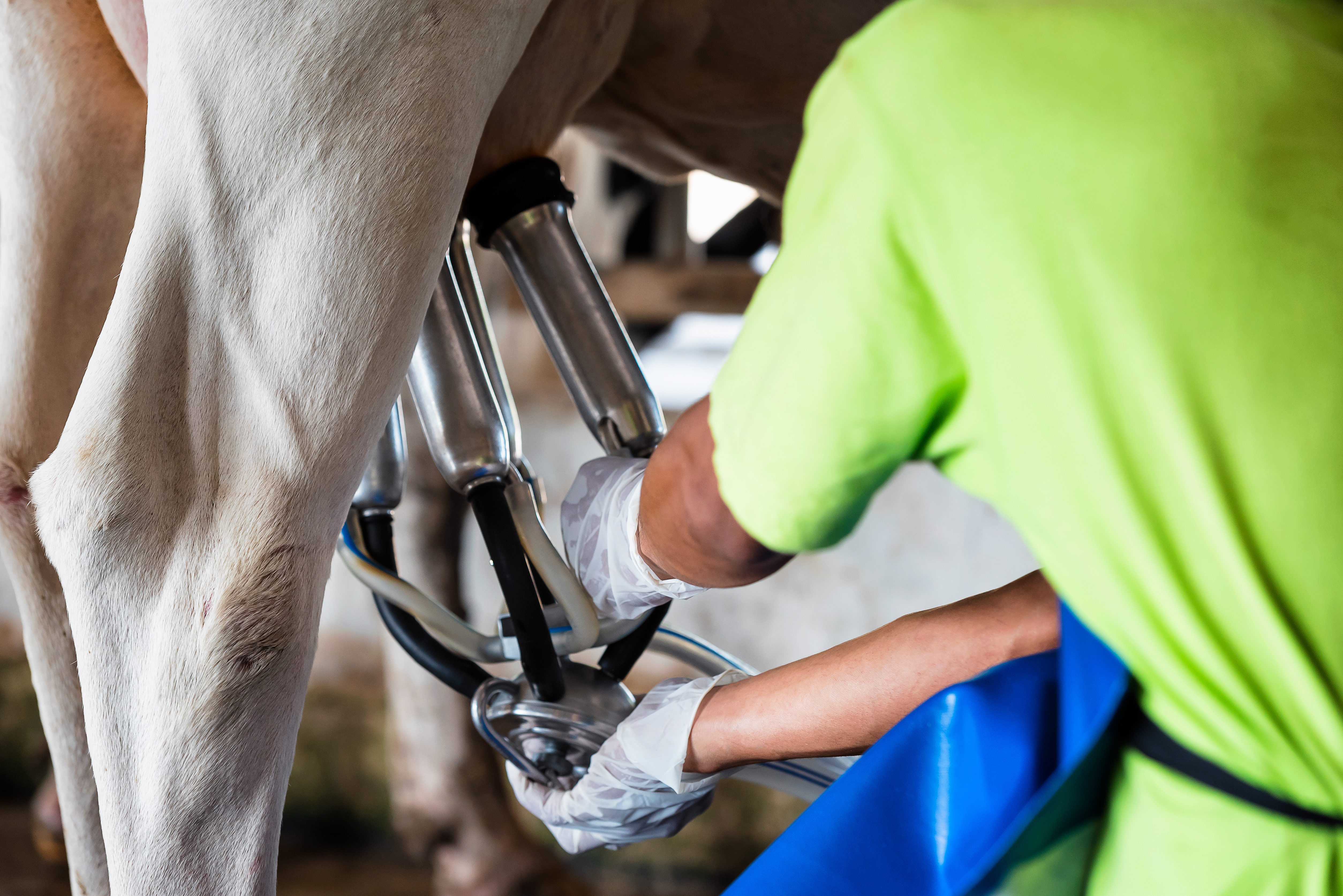Section 2 | Selective Dry Cow Therapy
Page 08 /
Mastitis and Dry Cow Therapy
Mastitis is one of the most costly and prevalent diseases in the dairy industry. We know that it is a major driver of antimicrobial use on Canadian dairy farms (see figure below).

Figure: Antimicrobial drug use on Canadian dairy farms, as measured by daily doses of antimicrobial per 1,000 cows and stratified by route of administration1
If we want to be better stewards, we need to evaluate how antimicrobials are being used on the farm. Are we treating cases of mastitis appropriately? Is there room for improvement? Are there any routine practices that may constitute an unnecessary use of antimicrobial medications? The Code of Practice for the Care and Handling of Dairy Cattle outlines recommendations to preventing mastitis.

Dry Cow Therapy: Why do we do it?
For nearly 50 years, veterinarians and researchers have recommended that every quarter of every cow receives a licensed intramammary long-acting antimicrobial treatment at dry-off. This wasn’t a chance recommendation. Study after study has found that using these medications at dry-off has 2 functions:
- Curing existing mastitis infections that a cow may have picked up during her lactation
- Preventing new infections that may occur across the dry period, particularly the first few weeks
The early way of thinking was that it was difficult to tell whether a cow was infected at dry-off (historically, culturing every cow has been onerous and SCC testing used to be less available). Also, aside from improving environmental hygiene and dry-off strategies, producers had little available to prevent new mastitis infections over the dry period. So it went … for decades, blanket therapy was the industry standard (National Mastitis Council Recommended Mastitis Control Program — North America version).
Recently, new research has shed light on the necessity of dry cow antimicrobial therapy for certain farms. It may be that not every quarter of every cow needs a long-acting antimicrobial treatment at dry-off. With some new diagnostic techniques and the application of teat sealant products, many farms may be able to selectively treat only those cows that are most likely to have mastitis infections.
The remainder of this module will focus on providing practical advice if you would like to selectively target antimicrobial treatment of cows at dry-off (SDCT).

References
- Saini V., McClure J.T., Leger D., Dufour S., Sheldon A.G., Scholl D.T. et al. Antimicrobial use on Canadian dairy farms. J. Dairy Sci. 2012/03/01. 2012;95(3):1209–21.